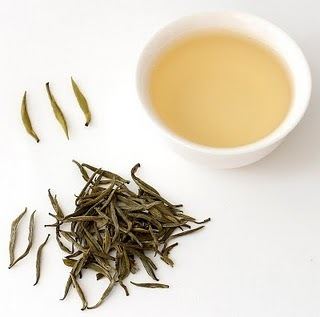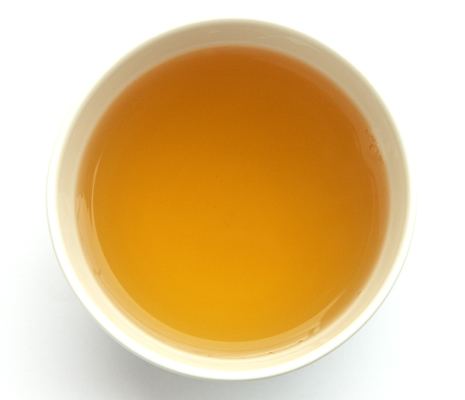Similar Tea, Fermented tea, Oolong, Pu‑erh tea, Longjing tea | ||
Yellow tea
Yellow tea, called huángchá (黄茶; 黃茶) in Chinese and hwangcha (황차; 黃茶) in Korean, is a rare and expensive variety of tea. It is produced similarly to green tea, but with an added step of being steamed under a damp cloth after oxidation, giving the leaves a slightly yellow colouring. This process also imparts a mellower and less grassy taste than is found in green teas.
Contents
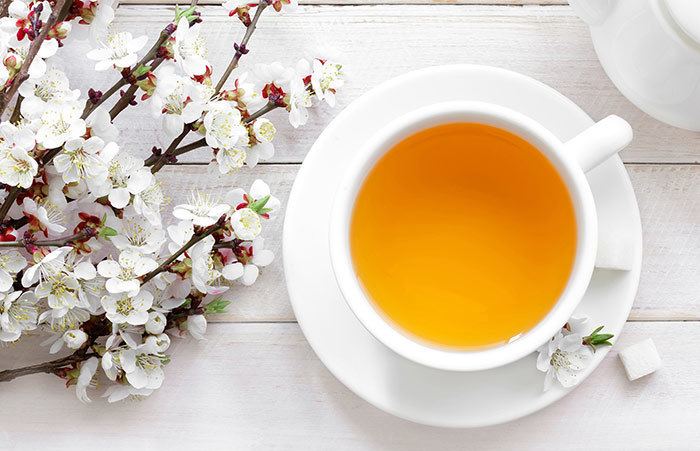
However, it can also describe high-quality teas served at the Imperial court, although this can be applied to any form of imperially-served tea.

5 kgs yellow infuse tea lose 3 5 inches with yellow tea dr shalini
China
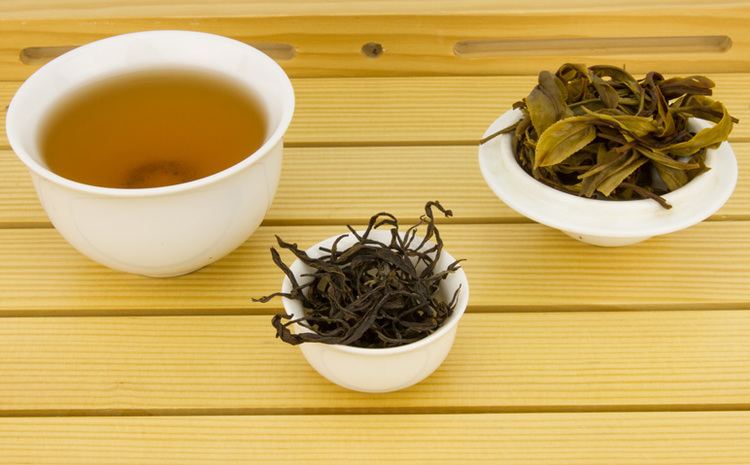
Korea
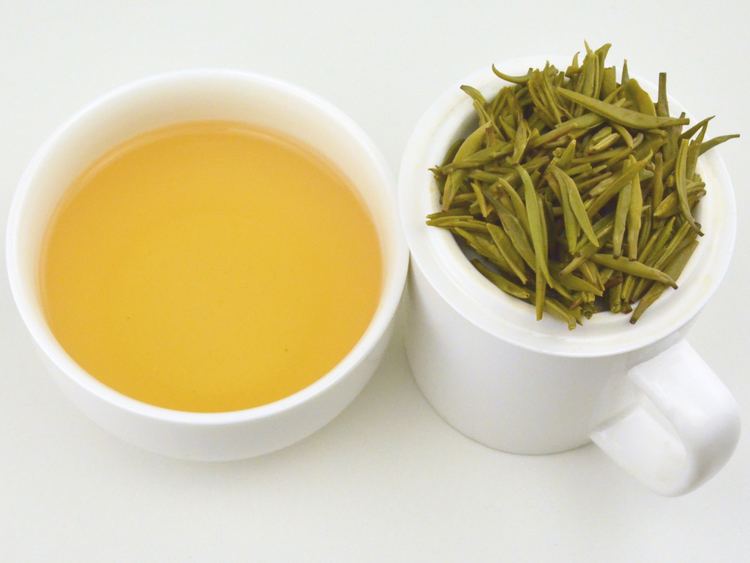
Hwangcha (황차; 黃茶) refers to a tea similar to green tea, but made of tea leaves that were partially fermented and turned yellow during the drying process. The tea is a cross between unoxidized green tea and post-fermented dark tea. The oxidation process for hwangcha is very specific to itself, which enables it to develop the unique flavour.
